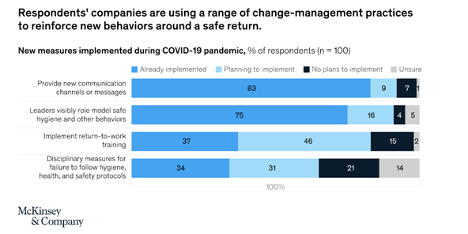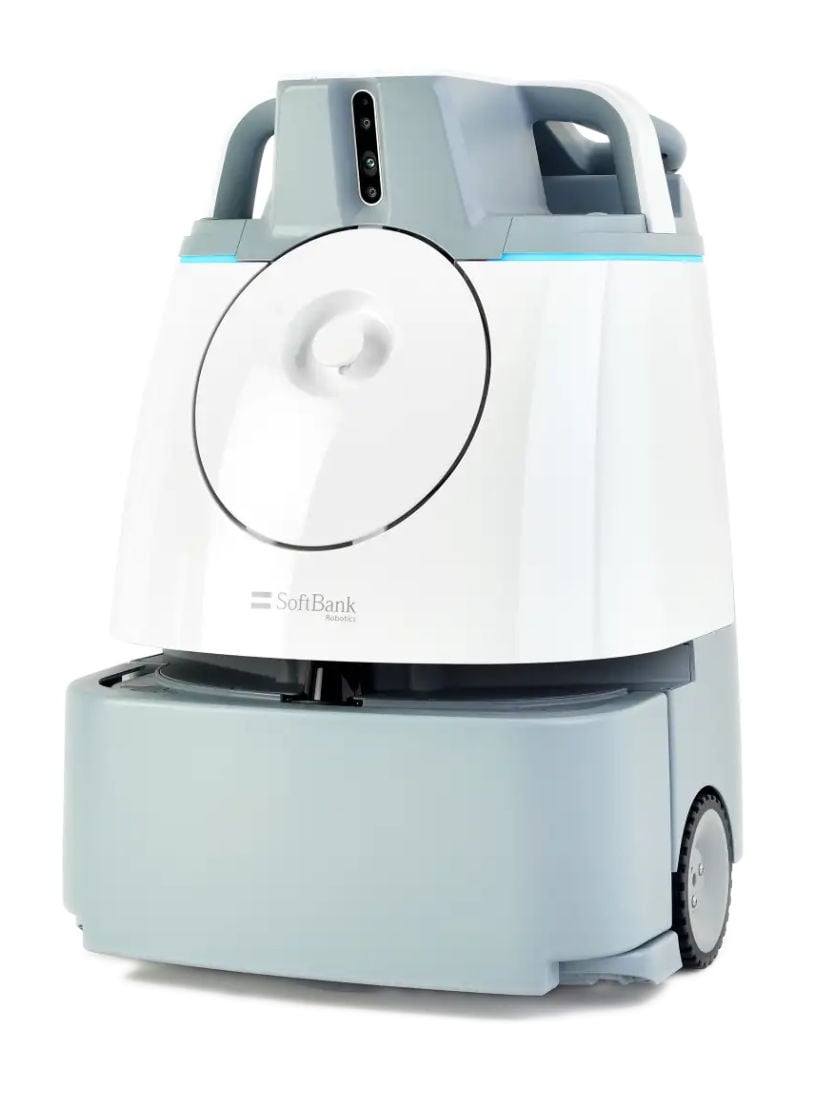Whether or not you had a business continuity plan in place prior to the coronavirus, we’re betting you didn’t have “recover from global pandemic” on your list of risks to address. Now, with the International SOS Return to Work survey finding that more than 70% of companies’ primary business continuity concern is disruption from a second wave of COVID-19, it’s time to update your planning.
While the specifics of your business continuity plan may vary based on industry, there’s one thing every expert agrees on: focus on your employees. As CMSWire recently wrote, “For CIOs … the growing COVID-19 health crisis serves as a reminder that the well-being of the employee should be a high priority. During this global pandemic and period of uncertainty, CIOs need to provide guidance to ensure business continuity with all projects.”
By keeping employees engaged and including them in ongoing discussions about reopening, employers can create an environment that makes all employees feel safe upon return.
Business Continuity Basics
For businesses that haven’t put a plan in place, let’s start with the basics. Business continuity refers to the process of maintaining or resuming normal business functions following a major disruption, whether that’s a natural disaster, security breach, or leadership upheaval. A business continuity plan should set clear procedures for the organization to follow in the event of such disasters. A good business continuity plan covers every aspect of a company’s operations.
Continuity plans are normally drafted by a leadership team that has analyzed business processes, potential risks, and the impact of these risks on long-term operations and profits.
Need for Employee Engagement in the New Normal
The goal of a business continuity plan is typically to return to work as normal. But for many businesses dealing with the aftermath of COVID-19, that’s no longer the goal. The pandemic has driven many businesses into remote operation, with “headquarters” in employees’ homes. Other businesses are working to create an entirely different normal, where employees have limited contact with one another to promote social distancing. Still others are pushing to resume operations, but with different levels of personal protective equipment and cleaning guidelines than may have previously been required.
No matter what “continuity” looks like for your company, resuming normal operation will rely on the willingness of your employees to return to work. Training and sharing information are a key part of your business continuity plan. While traditional business continuity plans depend upon senior management’s guidance, management may want to consider flipping the script and encouraging input from employees early on.
A recent report from global consultants McKinsey & Co. notes that many executives are implementing “fundamental change-management practices” to reinforce the necessary behavioral changes to ensure a safe return to work. Leading these practices are new communication channels meant to provide transparency around how management is responding to COVID-19 risks.
Benefits of Providing Transparency Around Decision-Making
Experts note that when staff is part of the inner workings of strategic planning, they are more likely to engage with that planning and support its ongoing success. That transparency helps build trust between employees and management. It also drives compliance with employer-led programs, which is critical in ensuring staff safety.
Today, this transparency should include insight into how you plan to provide a clean, safe workplace. While each industry will have different steps to take to support a safe reopening, there also needs to be a long-term plan in place for assuring a space’s cleanliness. Data-driven cleaning is an excellent metric to use in that regard.
When employers can provide clear data that demonstrates when a space was last cleaned, and the level of clean achieved, employees have hard evidence that their safety is a priority. While posting a “last cleaned time” sign in break rooms or other frequently used common areas is a good first step, smart automated cleaning solutions can provide objective data on cleanliness. These cleaning technologies can deliver the metrics you need.
Tools to Support Transparency
Whiz, the commercial robot vacuum from SoftBank Robotics, developed in partnership with Brain OS and ICE Robotics, is one example of a data-driven cleaning solution. Whiz is the first vacuum sweeper to offer data about each cleaning. Clients who use the Whiz Connect dashboard gain detailed insight into when and where cleaning was performed. Whiz is available with a subscription model that allows property owners to cost-effectively pilot this solution in their facilities.








